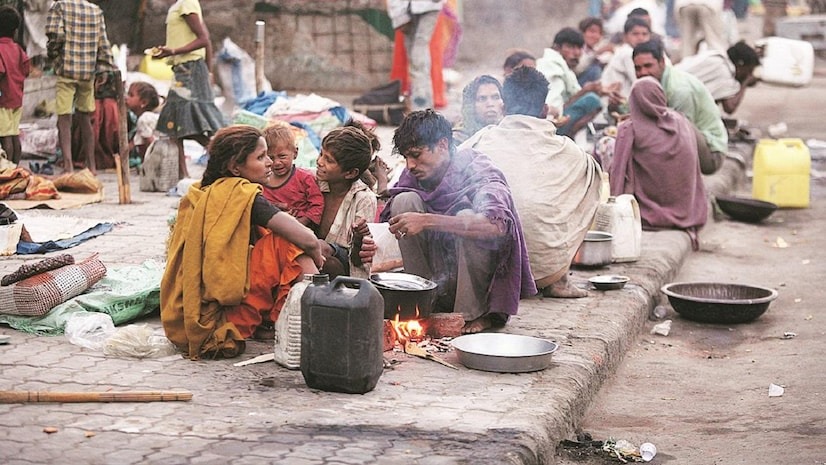 English
English

India’s extreme poverty fell sharply from 27.1% (2011) to 5.3% (2023), aided by govt schemes, rural-urban progress, and DBT reforms, says World Bank.

India's Extreme Poverty Falls (Image Source: Internet)
New Delhi: Recently, the World Bank has published a report that states that the rate of extreme poverty in India has come to 5.3% in the year 2022-23. Whereas in the year 2011 this rate was 27.1%. That is, at that time about 34.4 million of the country's population was living below the extreme poverty line, which has now come down to about 7 million.
The World Bank has changed its standard for calculating poverty and increased the daily income from $2.15 to $3. Based on this new criterion, most of the people in India have now risen above this new poverty line, reports Dynamite News correspondent.
Improvement in rural and urban areas
When looking at extreme poverty rates separately for rural and urban regions, the report highlights a sharp decline. In urban areas, the rate has fallen from 10.7% to just 1.1%, while in rural areas, it has reduced from 18.4% to 2.8%.
Additionally, states such as Maharashtra, Uttar Pradesh, Bihar, Madhya Pradesh, and West Bengal have witnessed a considerable drop in poverty levels.
Opinion of economics expert
Economics expert Chittaranjan Behera welcomed the report and said that India has not only become the fourth largest economy in the world, but there has also been a big change in the lifestyle of the people. He described it as the result of sustainable and visionary policies.
Contribution of government schemes
The report states that the report has been prepared keeping in mind the cost of living and purchasing power parity as per 2021 prices. This reflects that by 2022–23, 26.9 crore individuals had moved above the extreme poverty line in comparison to 2011–12.
The emphasis given by the central government on infrastructure development, inclusion, and "Sabka Saath, Sabka Vikas" has been cited as the main reason for this. Especially the schemes like Pradhan Mantri Awas Yojana, Jan Dhan Yojana, Ujjwala Yojana, Ayushman Bharat, etc., have provided direct assistance to the poor sections.
Role of Direct Benefit Transfer (DBT)
The integration of Jan Dhan, Aadhaar, and mobile—known as the JAM trinity—has ensured transparent and direct delivery of government benefits to the intended recipients. This not only ensured that the benefits of the scheme reached the right person, but the beneficiaries also started getting basic amenities of life.
Decline in Multi-Dimensional Poverty
The report also shows a 15% decline in multidimensional poverty (i.e., poverty measured on the basis of education, health, and standard of living). This makes it clear that not only income-based poverty but also the overall quality of life has improved in India.
No related posts found.